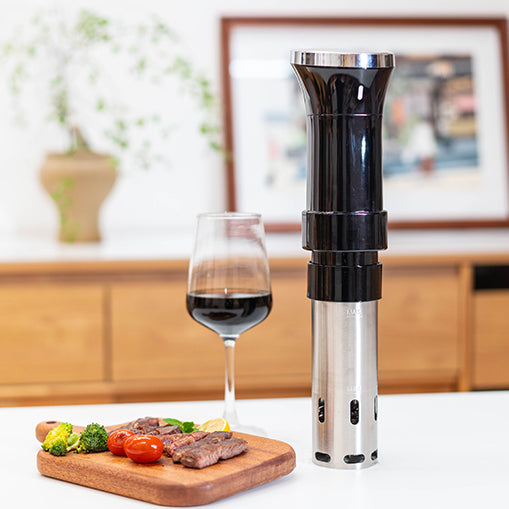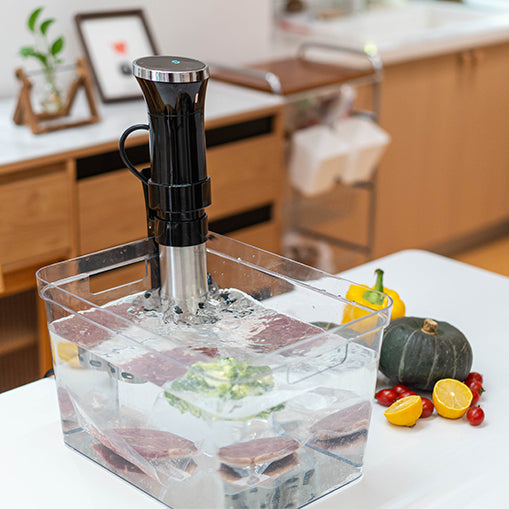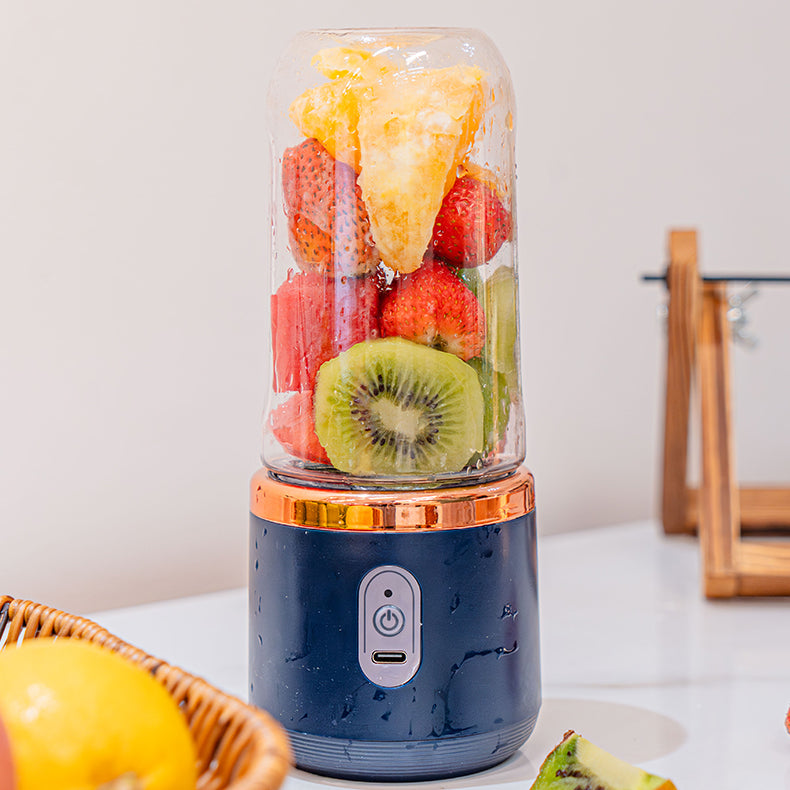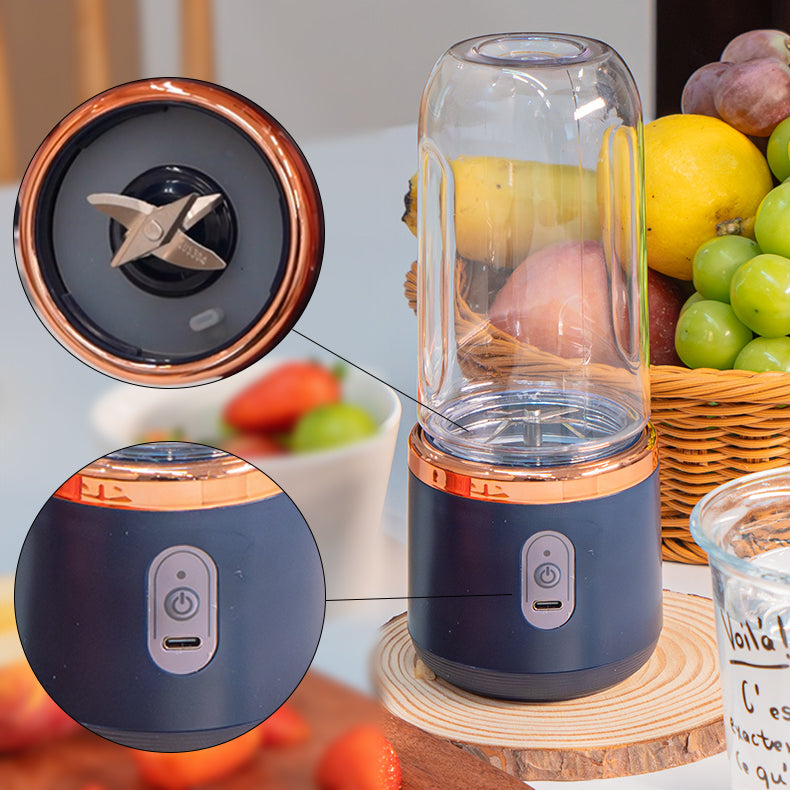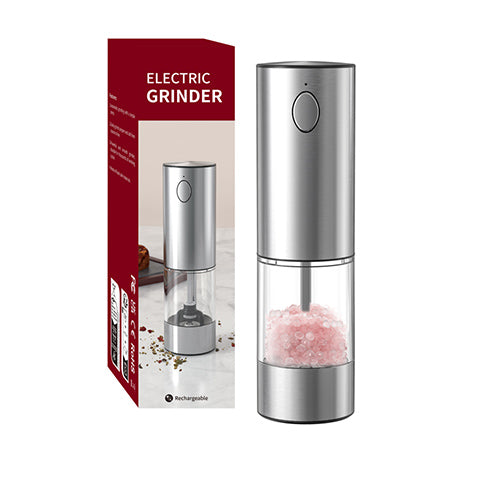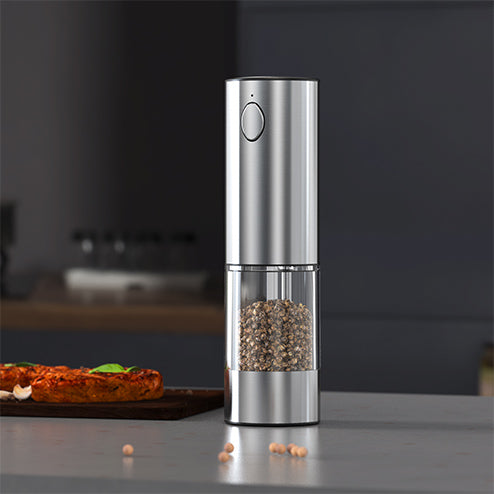Curious about elevating your espresso game with the right coffee? One common query among coffee enthusiasts is, "Can you use ground coffee in espresso machine?" This article will explore the viability of using regular ground coffee, and things to consider when using ground coffee with espresso. Additionally, we will provide practical tips on how to grind coffee beans for espresso. Discover the key insights for a superior espresso experience.

What Coffee Should You Use for An Espresso Machine?
Espresso machines are designed to extract coffee under high pressure, which requires a specific type of grind and coffee blend to achieve the desired flavor and crema. It is best made with a blend of Arabica and Robusta beans. Arabica beans contribute nuanced flavors and aromatic complexity, while Robusta adds body and crema. A dark roast is typically preferred for espresso due to its bold flavor and lower acidity, which enhances the rich, concentrated nature of espresso shots.
The grind size is equally important; it should be very fine but not powdery. This consistency ensures that the hot water can extract the coffee's flavors and oils appropriately as it passes through under high pressure. If the grind is too coarse, the espresso will be weak and under-extracted; too fine, and it may become overly bitter.
Lastly, freshness matters. For the best espresso, use beans that have been roasted within the last two weeks and ground just before brewing. This ensures maximum flavor and aroma, contributing to a superior espresso experience. Stick to high-quality, freshly roasted beans tailored for espresso machines to achieve the best results.
Can You Use Coffee Grounds in an Espresso Machine?

Technically, ground coffee can be used in espresso machine, but it might not yield the optimal espresso shot typically expected from specialty coffee shops. Regular coffee is usually ground to a coarser texture, which can still function in an espresso machine with some adjustments. However, even with these modifications, the flavor profile and crema may differ from what finely ground espresso beans would yield. Nevertheless, using regular ground coffee can be a practical alternative when specialty espresso grinds are unavailable.
For those seeking to bridge this gap, the SCHWUA Espresso Machine offers a solution. Designed with a 20 BAR pressure system and a pre-soaking feature, this machine optimizes extraction from any coffee grind. Its precise temperature control and easy operation allow for perfect espresso shots every time.
What to Consider When Using Ground Coffee with Espresso?
When using regular coffee grounds in an espresso machine, several factors should be considered to achieve the best possible shot of espresso. Here’s what to keep in mind:
- Grind Size: Espresso requires a fine grind, similar in consistency to table salt. If the coffee is too coarse, the water will pass through too quickly, resulting in a weak and under-extracted espresso. If it’s too fine, it may cause over-extraction, leading to a bitter taste.
- Freshness: Freshness of the coffee plays a significant role in flavor. Coffee begins to lose its flavor and aroma soon after grinding. For the best results, use coffee that has been freshly ground within minutes before brewing.
- Tamping Pressure: Since regular ground coffee is coarser, you might need to tamp the coffee grounds a bit harder to increase the resistance and improve the extraction. Inadequate tamping can lead to uneven extraction, causing weak or overly strong spots in the espresso.
- Coffee Quality and Roast: Select a high-quality coffee that suits your taste preferences. Darker roasts are traditionally preferred for espresso due to their bold and robust flavor, but experimenting with different roasts can yield delightful results.
- Machine Settings: Adjust the settings on your espresso machine according to the type of coffee you are using. This might include changing the water temperature, pump pressure, or brew time to accommodate different grind sizes or coffee blends.
How Do You Grind Coffee Beans for Espresso?

While putting ground coffee in an espresso machine is possible, grinding coffee beans fresh is preferable for making espresso, here are some effective tips to help you do it right:
1.Select the Right Grinder: Use a burr grinder rather than a blade grinder. Burr grinders provide a more consistent grind size, which is crucial for espresso. Blade grinders often create uneven particles that can lead to inconsistent extraction.
2.Adjust the Grind Size: The ideal grind for espresso is very fine, almost like powdered sugar, but slightly coarser. The exact fineness can vary slightly based on your espresso machine and personal taste preferences. Start with a manufacturer's recommendation and adjust based on the shot quality.
3.Measure the Coffee: Consistency is key, so measure your coffee beans before grinding. A typical espresso shot uses about 18 to 20 grams of coffee for a double shot. Adjust according to the capacity of your espresso machine's basket.
4.Grind Fresh: Grind your beans right before brewing to ensure maximum freshness and flavor. Coffee starts to lose its aroma and essential oils shortly after grinding.
5.Check the Flow Rate: After brewing, observe the espresso as it extracts. It should take about 25 to 30 seconds to pull a good shot. If the espresso comes out too quickly, make the grind finer. If it drips out too slowly, make the grind coarser.
6.Tamp Evenly: After grinding, tamp the coffee grounds evenly with firm pressure to ensure an even surface. This helps water pass through the coffee at a consistent rate, avoiding channeling where water might find an easy path and under-extract the coffee.
Conclusion
Understanding your brewing options for an espresso machine can greatly enhance your coffee experience. While it’s possible to use coffee grounds for espresso machine, opting for beans specifically ground for espresso will yield the best results. When using ground coffee, consider factors like grind size, freshness, and roast profile to achieve the perfect shot. Grinding your own beans allows for precise control over these variables, ensuring a rich and flavorful espresso. Experimenting with different coffees and grind settings can lead to discovering your ideal cup. Start brewing now, and don’t forget to share your espresso adventures with fellow coffee enthusiasts!

